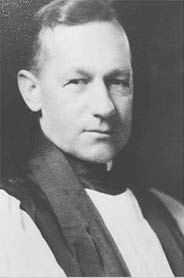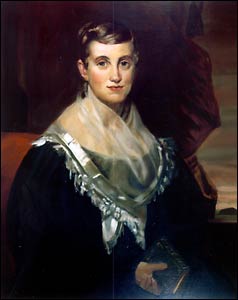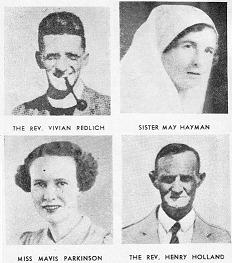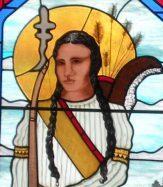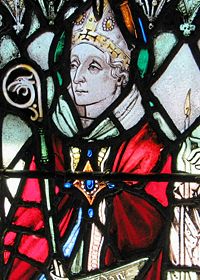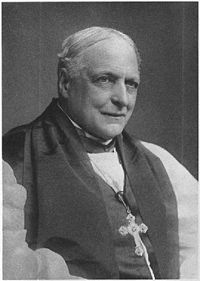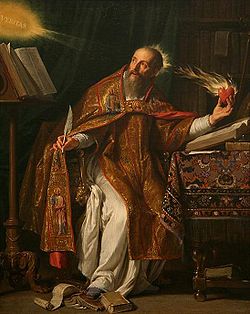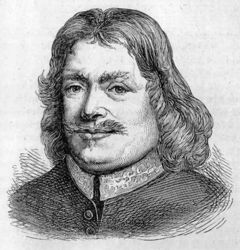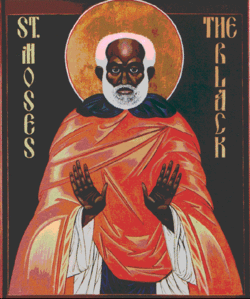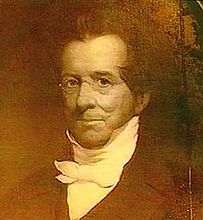Welcome to the Holy Women, Holy Men blog! We invite you to read about this commemoration, use the collect and lessons in prayer, whether individually or in corporate worship, then tell us what you think. For more information about this project, click here.
About this commemoration
Paul Jones was born in 1880 in the rectory of St. Stephen’s Church, Wilkes-Barre, Pennsylvania. After graduating from Yale University and the Episcopal Divinity School in Cambridge, Massachusetts, he accepted a call to serve a mission in Logan, Utah. In 1914 Paul Jones was appointed Archdeacon of the Missionary District of Utah and, later that year, was elected its Bishop. Meanwhile, World War I had begun.
As Bishop of Utah, Paul Jones did much to expand the Church’s mission stations and to strengthen diocesan institutions. At the same time he spoke openly about his opposition to war. With the United States entry into the war, the Bishop of Utah’s views became increasingly controversial. At a meeting of the Fellowship of Reconciliation in Los Angeles in 1917, Bishop Jones expressed his belief that “war is unchristian,” for which he was attacked with banner headlines in the Utah press. As a result of the speech and the reaction it caused in Utah, a commission of the House of Bishops was appointed to investigate the situation. In their report, the commission concluded that “The underlying contention of the Bishop of Utah seems to be that war is unchristian. With this general statement the Commission cannot agree … ” The report went on to recommend that “The Bishop of Utah ought to resign his office,” thus rejecting Paul Jones’ right to object to war on grounds of faith and conscience.
In the spring of 1918, Bishop Jones, yielding to pressure, resigned as Bishop of Utah. For the next 23 years, until his death on September 4, 1941, he continued a ministry within the Church dedicated to peace and conscience, speaking always with a conviction and gentleness rooted in the Gospel.
In his farewell to the Missionary District of Utah in 1918, Bishop Jones said: “Where I serve the Church is of small importance, so long as I can make my life count in the cause of Christ … Expediency may make necessary the resignation of a Bishop at this time, but no expedience can ever justify the degradation of the ideals of the episcopate which these conclusions seem to involve.”
Collects
I. Merciful God, who didst send thy beloved Son to preach peace to those who are far off and to those who anear: Raise up in this and every land witnesses, who, after the example of thy servant Paul Jones, will stand firm in proclaiming the Gospel of the Prince of Peace, our Savior Jesus Christ, who liveth and reigneth with thee and the Holy Spirit, one God, now and for ever. Amen.
II. Merciful God, you sent your beloved Son to preach peace to those who are far off and to those who are near: Raise up in this and every land witnesses who, after the example of your servant Paul Jones, will stand firm in proclaiming the Gospel of the Prince of Peace, our Savior Jesus Christ, who lives and reigns with you and the Holy Spirit, one God, now and for ever. Amen.
Lessons
76 Malachi 2:17–3:5
1 Peter 3:8–14 a
John 8:31
Psalm 32
Preface of a Saint (3)
If you’d like to participate in the official online trial use survey, click here. For more information about the survey, click here.
To post a comment, your first and last name and email address are required. Your name will be published; your email address will not. The first time you post, a moderator will need to approve your submission; after that, your comments will appear instantly.
